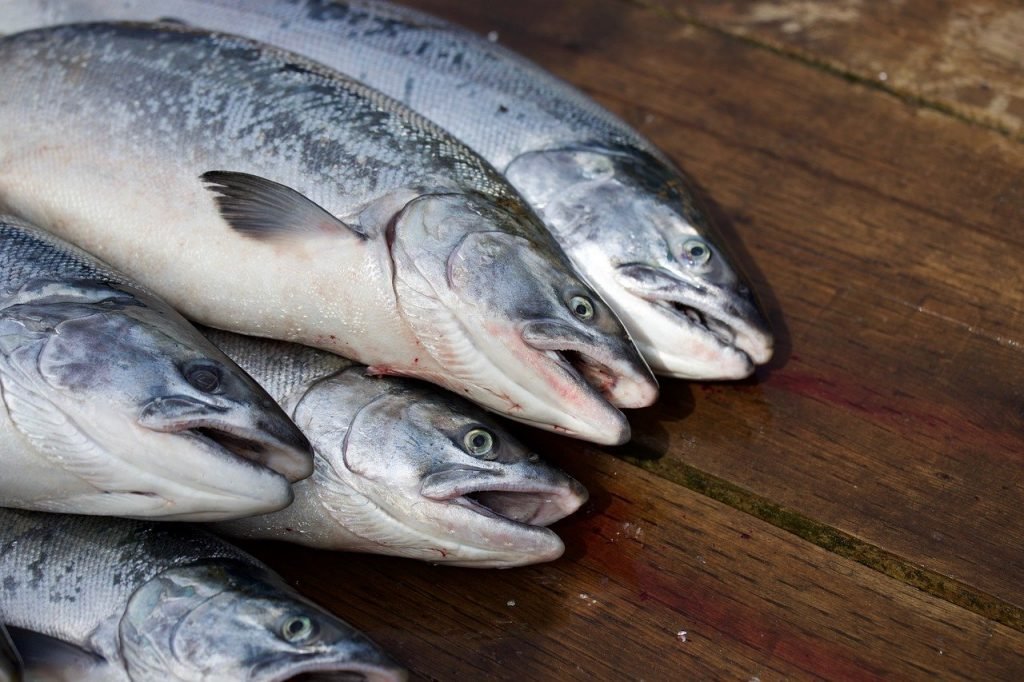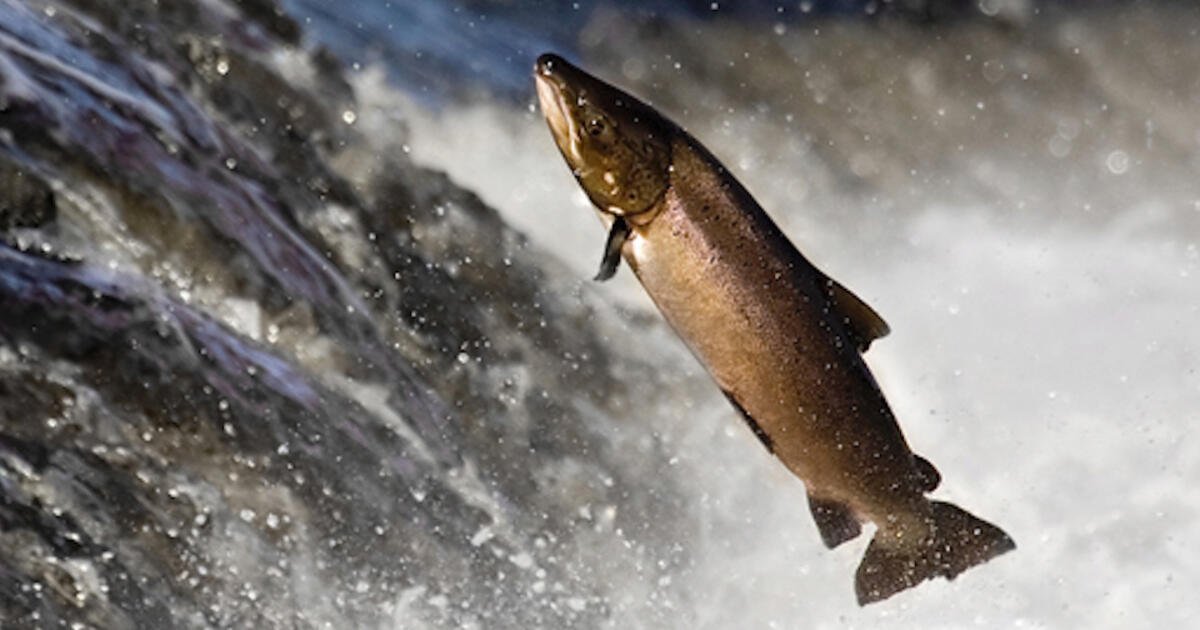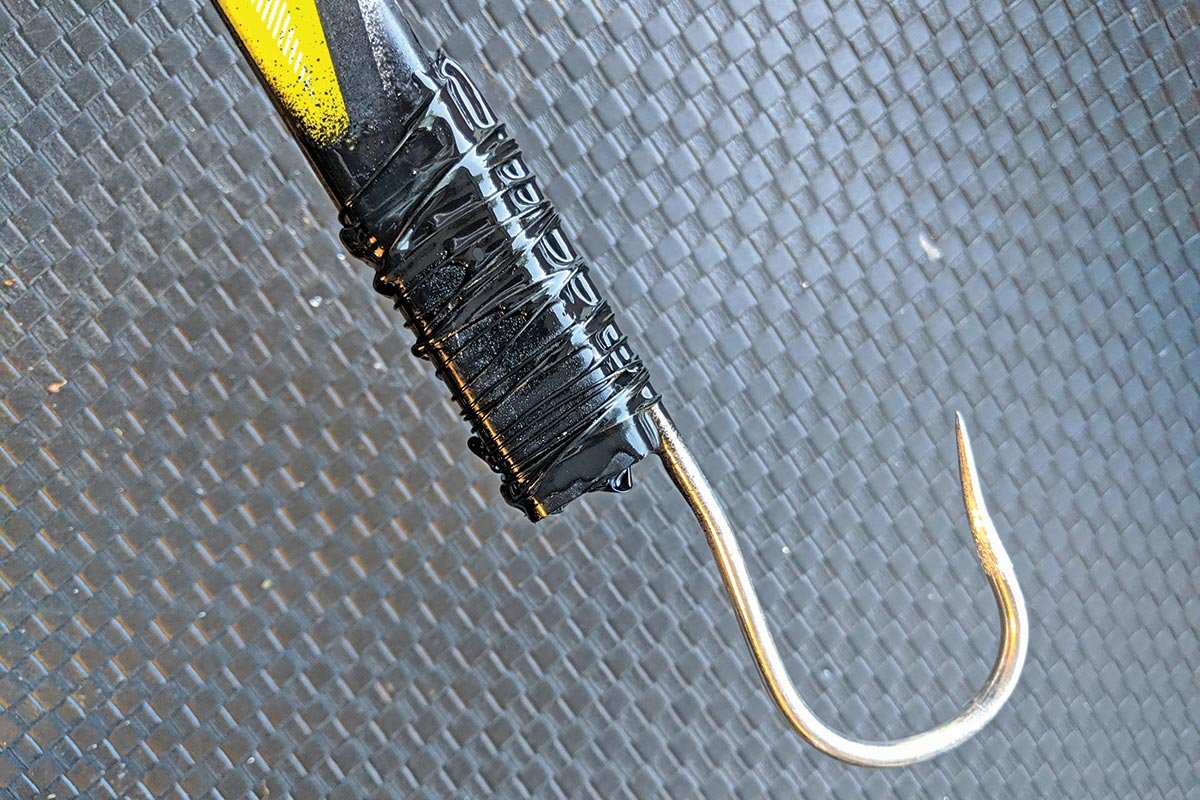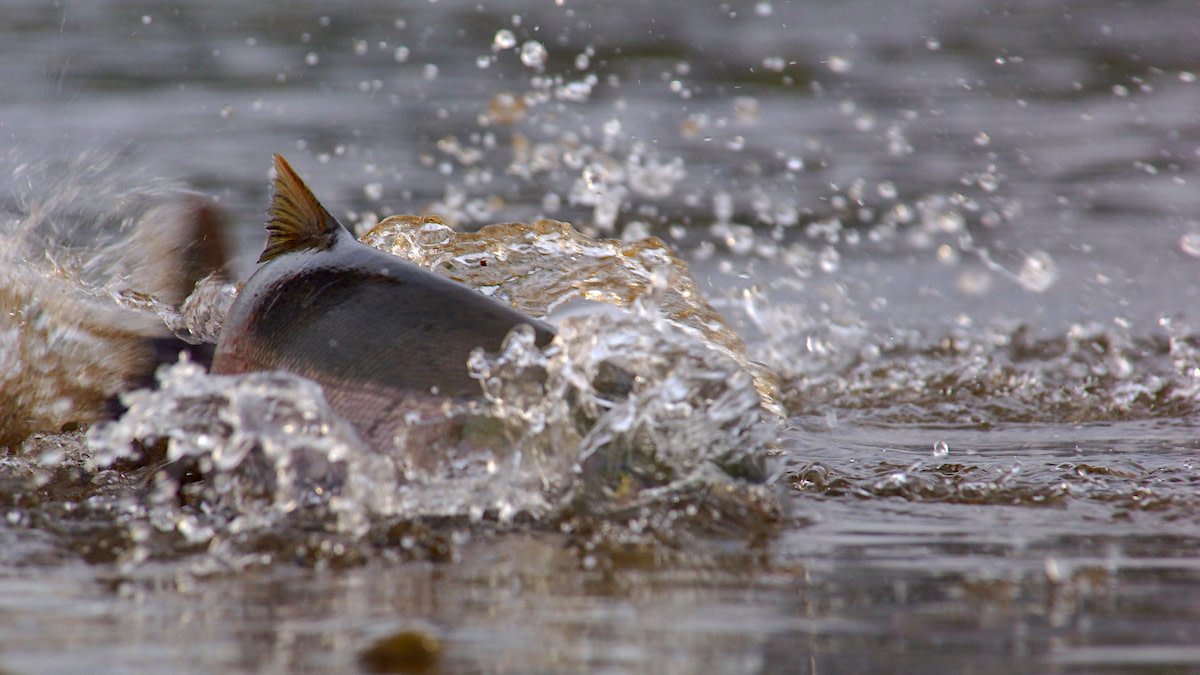Releasing salmon safely is crucial for ensuring the sustainability of their populations and the health of our aquatic ecosystems. Whether you’re a seasoned angler or new to the sport, knowing how to release salmon safely can make a significant difference. In this guide, we’ll walk you through the essential steps and best practices to ensure the fish you catch can swim away healthy and strong.

How to Release Salmon Safely
Why Releasing Salmon Safely Matters
Firstly, understanding why it’s important to release salmon safely is key. Salmon populations face numerous challenges, including overfishing, habitat destruction, and climate change. By practising catch and release, anglers can help maintain healthy salmon numbers and support conservation efforts. Releasing salmon safely also ensures that future generations can enjoy the thrill of salmon fishing.
Using the Right Gear
To release salmon safely, start with the right gear. Use barbless hooks or flatten the barbs on your hooks to make removal easier and reduce injury to the fish. Barbless hooks not only facilitate a quick release but also minimize the stress and damage inflicted on the salmon.
Additionally, using a rubber or silicone net is preferable. Unlike traditional nets, these materials are gentler on the salmon’s skin and scales, preventing injury. Avoid nets with knotted or rough surfaces that can cause abrasions and stress to the fish.
Handling with Care
When you hook a salmon, the way you handle it can significantly impact its chances of survival. To release salmon safely, minimize the time the fish spends out of the water. Prolonged exposure to air can be harmful, especially for salmon, which are highly sensitive to stress.
Wet your hands before touching the fish to prevent removing its protective slime layer. This layer is essential for the salmon’s health, as it protects against infections and parasites. If you need to lift the salmon, support its body by placing one hand under its belly and the other near its tail. Avoid squeezing or gripping the fish tightly, as this can cause internal injuries.
Removing the Hook
Removing the hook quickly and carefully is crucial for the fish’s survival. To release salmon safely, use pliers or a hook removal tool to gently dislodge the hook. If the hook is deeply embedded or difficult to remove, it’s better to cut the line as close to the hook as possible, leaving the hook in place. Salmon can often expel hooks on their own over time.
Reviving the Salmon
After the hook is removed, it’s important to revive the salmon before releasing it. Hold the fish in the water, facing upstream, to allow oxygen-rich water to flow through its gills. Gently move the salmon back and forth if necessary, but avoid excessive handling. The fish will signal when it’s ready to swim away by becoming more active and strong in your grip.
Choosing the Right Location
Where you release the salmon matters. To release salmon safely, choose a location with minimal current and plenty of oxygen. Avoid areas with strong currents, shallow water, or obstructions that could stress or injure the fish. Releasing the salmon in calm, deeper water gives it a better chance to recover and swim away unimpeded.
Timing Your Release
Timing is another important factor in ensuring you release salmon safely. Try to fish during cooler parts of the day, such as early morning or late evening, when water temperatures are lower. Salmon are more resilient in cooler water, and their chances of survival increase. Avoid fishing during extreme heat or low water conditions, as these can add additional stress to the fish.
Educating Others
Sharing your knowledge and encouraging others to release salmon safely can have a positive ripple effect. Educate fellow anglers on the importance of catch and release and demonstrate proper techniques whenever possible. By fostering a community of responsible anglers, you can contribute to the long-term health and sustainability of salmon populations.
Conclusion
In conclusion, knowing how to release salmon safely is a vital skill for any angler who cares about conservation and the future of fishing. Using the right gear, handling the fish with care, removing the hook carefully, reviving the salmon, choosing the right release location, and timing your release are all critical steps in this process. By practicing these techniques and educating others, you can help ensure that salmon populations thrive for years to come. So next time you reel in a beautiful salmon, remember these tips to release it safely and give it the best chance of survival. Happy fishing!




